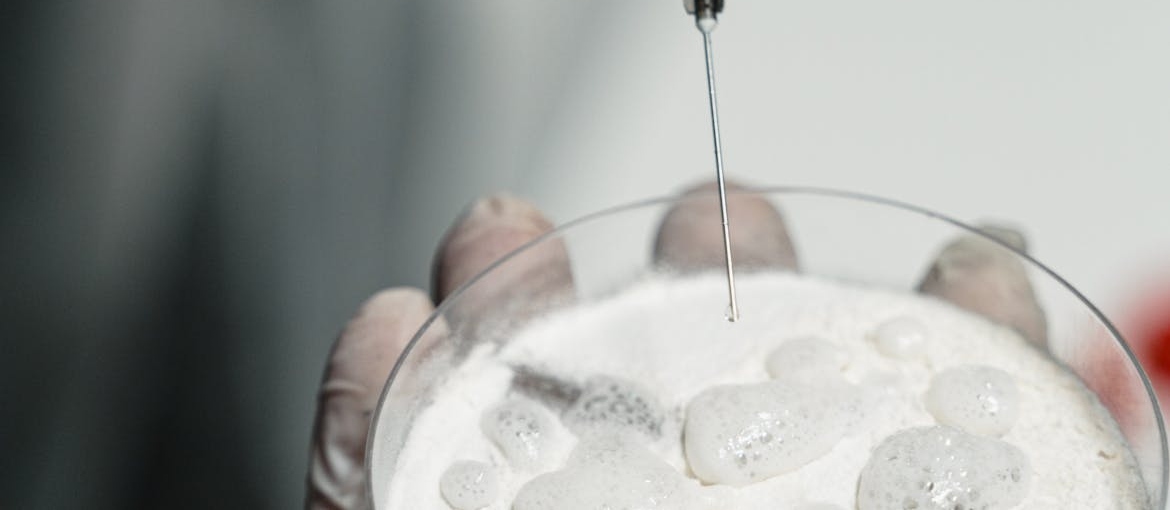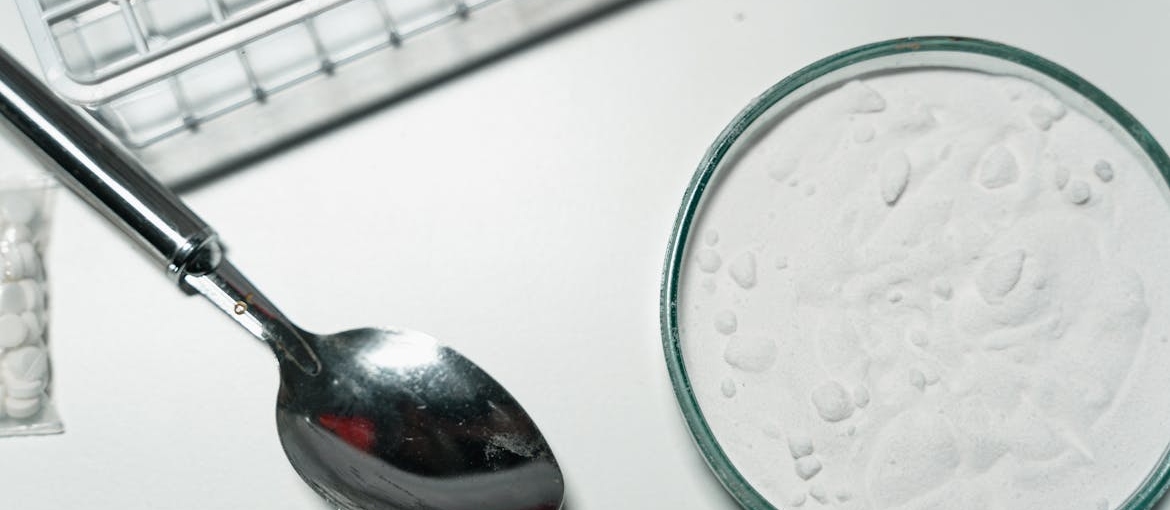Crack cocaine is a powerful drug that affects the body and mind quickly. Many people start using it for a temporary high, but over time, it leads to addiction. Long-term use causes serious physical and mental damage, making recovery difficult. You may have seen images of crack addicts before and after years of use. These changes are not just about appearance-they show the damage happening inside the body. Addiction also affects emotions, relationships, and daily life. Learning about these effects helps people understand the dangers and the importance of seeking help. If you or someone you know is struggling, seeking professional treatment like drug and alcohol rehab in West Virginia can provide the support needed for recovery.
Understanding Crack Cocaine Addiction
Crack cocaine is a highly addictive drug made from powdered cocaine. It comes in rock form and is smoked for a fast, intense high. The effects wear off quickly, making users crave more. This leads to repeated use, which causes addiction to develop fast.

The drug affects the brain’s dopamine system, creating strong feelings of pleasure. Over time, the brain stops producing dopamine naturally. Users then need crack to feel normal. Crack makes quitting difficult without professional help. Many people experience severe withdrawal symptoms like anxiety, depression, and fatigue. These symptoms push them to use again, trapping them in a cycle of addiction. Crack cocaine increases heart rate and blood pressure, raising the risk of heart attacks and strokes. It also damages the lungs, leading to breathing problems. Long-term users often suffer from severe weight loss, malnutrition, and weakened immune systems. These physical changes make it harder for the body to fight infections.
Addiction also affects mental health. Many users struggle with paranoia, aggression, and hallucinations. Their thinking becomes disorganized, making it hard to focus or make good decisions. Over time, they may lose interest in work, family, and personal goals. Crack use often leads to serious financial and legal problems. Many addicts spend all their money on the drug, leading to debt and homelessness. Some turn to crime to support their habit, increasing the risk of arrests and jail time. Relationships also suffer, as addiction causes trust issues and emotional distance. To truly break free from this cycle, it’s important to understand addiction and how it impacts every aspect of life.
Physical Changes in Long-Term Users
Long-term crack cocaine addiction use takes a serious toll on the body. The drug weakens the immune system, damages organs, and speeds up aging. Many users struggle with severe health issues that get worse over time. These physical effects can make daily life difficult and painful:
- Rapid weight loss and malnutrition: Crack cocaine suppresses appetite, causing users to eat less. Over time, this leads to extreme weight loss and malnutrition. The body does not get the nutrients it needs, making users look frail and weak.
- Severe skin problems: Crack use affects the skin in many ways. Dehydration and poor nutrition make the skin dry and prone to sores. Some users pick at their skin due to paranoia or hallucinations, leading to open wounds and infections.
- Tooth decay and gum disease: Many long-term users suffer from “crack mouth,” a condition that causes severe dental problems. The drug dries out the mouth, reducing saliva that protects teeth from decay. Smoking crack also weakens tooth enamel, leading to broken or rotting teeth.
- Organ damage: The heart, lungs, liver, and kidneys all suffer from crack cocaine use. The drug raises blood pressure and heart rate, increasing the risk of heart attacks. It also damages the lungs, causing breathing problems.
- Premature aging: Many long-term users appear much older than they are. The combination of poor nutrition, dehydration, and organ damage speeds up aging. Wrinkles, sagging skin, and hair loss become common.

Mental and Emotional Impact
Long-term crack cocaine use affects more than just the body. It changes the way the brain works, leading to serious mental and emotional struggles. If you’re concerned about someone, it’s important to ask, what are 5 warning signs of addiction? Recognizing these signs early can help intervene before the situation worsens, and professional help can provide the necessary support:
- Severe mood swings: Crack cocaine creates intense highs followed by painful crashes. During the high, users feel extreme confidence and energy. When the drug wears off, depression and anxiety set in. This cycle of ups and downs makes it hard to regulate emotions.
- Paranoia and hallucinations: Long-term use damages brain function, leading to paranoia and hallucinations. Many users believe others are watching them or plotting against them. Some hear voices or see things that are not there.
- Memory and thinking problems: Crack cocaine affects the brain’s ability to process information. Many users struggle with memory loss and trouble focusing. Simple tasks become frustrating, and making decisions feels overwhelming.
- Depression and anxiety: As the brain stops producing dopamine naturally, users lose the ability to feel pleasure. This leads to deep depression and constant anxiety. Many people feel hopeless and trapped in their addiction.
- Loss of interest in life: Crack addiction often causes people to lose interest in hobbies, work, and relationships. The drug becomes the only priority. Over time, users push away friends and family, leading to loneliness.

The Social and Lifestyle Consequences of Crack Addiction
Crack cocaine addiction affects every part of life. Long-term users often struggle with broken relationships, financial problems, and legal issues. The drug takes priority over everything else, leading to poor decisions and unstable living conditions. These consequences make recovery even harder.
Strained Relationships
Addiction damages trust between family members and friends. Many users lie, steal, or break promises to get more drugs. Some families try to help, but addiction often creates repeated cycles of disappointment. This can make you thinking, “Can a drug addict love you?” The emotional distance caused by addiction can make relationships incredibly challenging, but with the right support and recovery, trust and connection can be rebuilt.
Job Loss and Financial Struggles
Crack use makes it hard to keep a job. Many addicts show up late, miss work, or struggle to focus. Employers notice these changes and often fire them. Without steady income, users spend everything on drugs. Many end up in debt, lose their homes, or turn to illegal activities to survive.

Legal Problems
Many crack users get arrested for drug possession, theft, or other crimes. Some steal from stores or break into homes to support their addiction. Others face charges for violent behavior linked to drug use. A criminal record makes it even harder to find a job or housing, trapping users in a cycle of instability.
Homelessness and Unsafe Living Conditions
Without money or support, many users lose their homes. Some stay in shelters, abandoned buildings, or on the streets. Others move in with people who also use drugs, making it harder to quit. These living conditions increase the risk of violence, illness, and further addiction.
Crack cocaine addiction affects more than just the user. It damages relationships, destroys careers, and leads to dangerous situations. The longer someone stays addicted, the harder it becomes to rebuild their life.
Can the Body and Mind Heal? The Possibility of Recovery
Recovery from crack cocaine addiction is challenging, but it is possible. While long-term damage can make the process difficult, many people regain their health and well-being. Recovery requires commitment, professional help, and the right strategies. For those in need of specialized care, heroin rehab centers offer tailored programs that address the unique challenges of addiction recovery, helping individuals take the first step toward healing.
The Healing Process for the Body
When someone stops using crack, the body begins to recover. It takes time for the brain’s chemistry to return to normal. Physical health improves as the body starts to heal from the damage caused by the drug. Weight may stabilize, skin may improve, and the risk of heart and lung issues decreases. Many people wonder, what percentage of addicts recover? Recovery rates vary, but with the right treatment and support, a significant number of individuals can regain their health and rebuild their lives.
Mental and Emotional Recovery
Mental health recovery is often the hardest part of healing. Crack cocaine alters brain function, which leads to long-lasting emotional effects. With therapy, many individuals regain control of their emotions and thought patterns. Cognitive behavioral therapy (CBT) and other treatments can help rebuild mental strength. It’s important to focus on both the mind and body for a full recovery.

The Role of Professional Help
Recovering from crack cocaine addiction usually requires professional support. Detoxification, counseling, and rehab programs help users break free from their addiction. Support groups provide a sense of community and accountability, which can make a huge difference. Doctors, therapists, and addiction specialists guide individuals through the recovery process and help prevent relapse. For those struggling with addiction, seeking help from a specialized facility like meth rehab West Virginia residents trust can offer the resources and expertise needed for lasting recovery.
Building a New Life
Once the body and mind begin to heal, the next step is rebuilding a stable life. This means finding work, repairing relationships, and staying away from triggers. Support from family, friends, and recovery programs plays a key role in this process. Sober living WV facilities offer an environment that can help individuals maintain their progress, providing a safe and supportive space for recovery. It takes time, but with determination and the right help, many people can regain a healthy, fulfilling life.
Recovery is not easy, but it is possible. With professional help and a commitment to change, both the body and mind can heal. The road to recovery may be long, but it’s worth the effort to live a better, drug-free life.
Stories of Transformation: Crack Addicts Before and After Recovery
Stories of transformation show the powerful impact of recovery. Many crack addicts experience life-changing improvements once they decide to get help. These stories highlight hope, strength, and the possibility of a fresh start.
Take the example of John, a man who spent years struggling with crack cocaine. He lost his job, his home, and his family. His addiction had taken control of his life. After seeking help through rehab and therapy, John started rebuilding his life. He regained his health, repaired relationships, and found a steady job. His story shows that recovery is hard, but not impossible.
Another inspiring story is of Sarah, who faced years of addiction. She turned to crack cocaine to cope with emotional pain, but it cost her everything. Sarah joined a support group and began therapy. With time, she regained her self-worth, rebuilt connections with family, and started a new career.

These stories of crack addicts before and after recovery prove that transformation is possible. The road to recovery can be challenging, but many have found strength and hope through treatment and support. Recovery doesn’t happen overnight, but consistent effort, support, and belief in oneself make a huge difference. These real-life stories inspire others to take the first step toward healing and change. With the right addiction treatment options, it is never too late to recover and build a better life.
Crack Addicts Before and After: Transformation and Recovery
The journey from addiction to recovery is difficult, but it is possible. Crack addicts before and after their recovery show that transformation can happen with the right support and determination. Physical, mental, and emotional healing take time, but progress is made one step at a time. Rebuilding relationships, finding new purpose, and overcoming addiction challenges are key parts of the process. While the road to recovery is not always easy, many people prove that change is possible. With the right help, anyone can break free from the cycle of addiction and build a better future. If you or a loved one needs support, drug rehab in WV can provide the guidance and resources needed for a successful recovery. Recovery offers hope and a chance for a fresh start.



